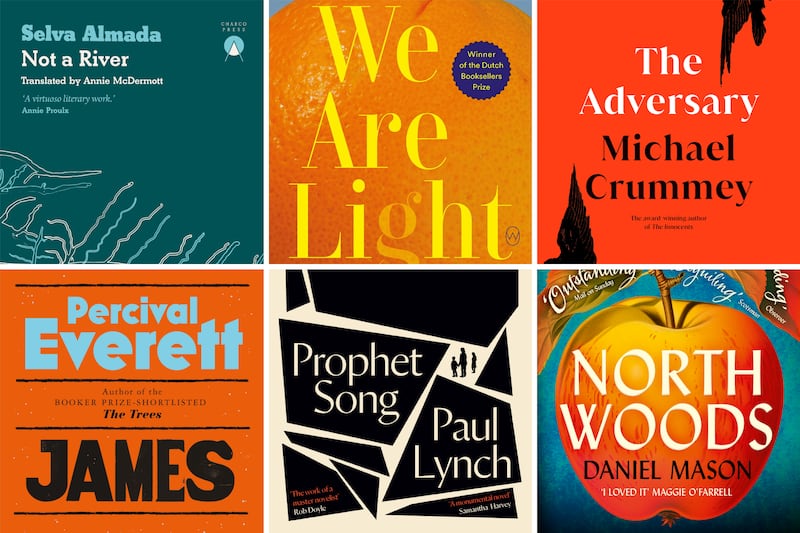Visitors to the Rock of Cashel might be forgiven for having overlooked another “important” structure in the vicinity; a dwelling designed and built by award-winning TOB Architect founder Tom O’Brien, at the very (very) earliest stages of his career.
O’Brien describes growing up under the imposing gaze of that world-famous “Rock”. It was a formative experience and “as a small kid” living on a farm, he had lots of autonomy, was given jobs and was not, he says, infantilised the way some children are: “I had my own stuff going on.”
One thing the young O’Brien had going on was the constant building of what he describes as “cabby houses”. The particularly favoured one alluded to above still stands, though you’re unlikely to find it as you follow the tourist trails. It’s within a stone’s throw of the main attraction, was constructed with pallets and corrugated iron, but has been carefully concealed by living brambles for more than 30 years.
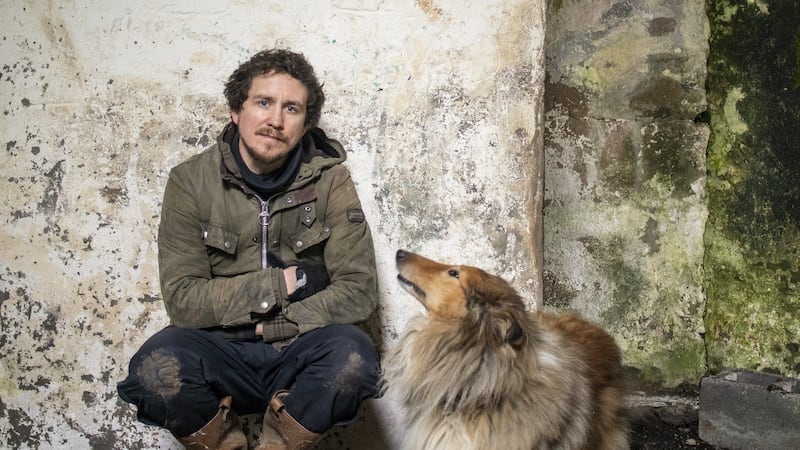
This cabby house is perhaps best remembered in the annals of O’Brien family history as the headquarters where young Tom went on to plan and execute another renowned project: the large pond he dug and filled with tadpoles, intended as a dunking spot for hissister.

O’Brien’s early forays stood him in good stead. Last year he was awarded the prestigious European Centre’s 40 Under 40 award; he recently received a bursary from the Arts Council. The cash award was accepted with some emotion and appreciation in a year that has been particularly challenging for architects.
He was also one of two winners, along with Jane Larmour of Arigho Larmour Wheeler Architects, of the the Royal Institute of the Architects of Ireland Future Award in 2020, an annual competition that recognises emerging talent in Irish architecture and acknowledges the wide variety of ways in which architects contribute to the advancement of the profession.
As Kathryn Meghen, chief executive of RIAI, says, the Future Award is an important showcase and acknowledgement of the work of emerging architects. The award was set up five years ago to recognise outstanding future talent, in those in practice for under 10 years.
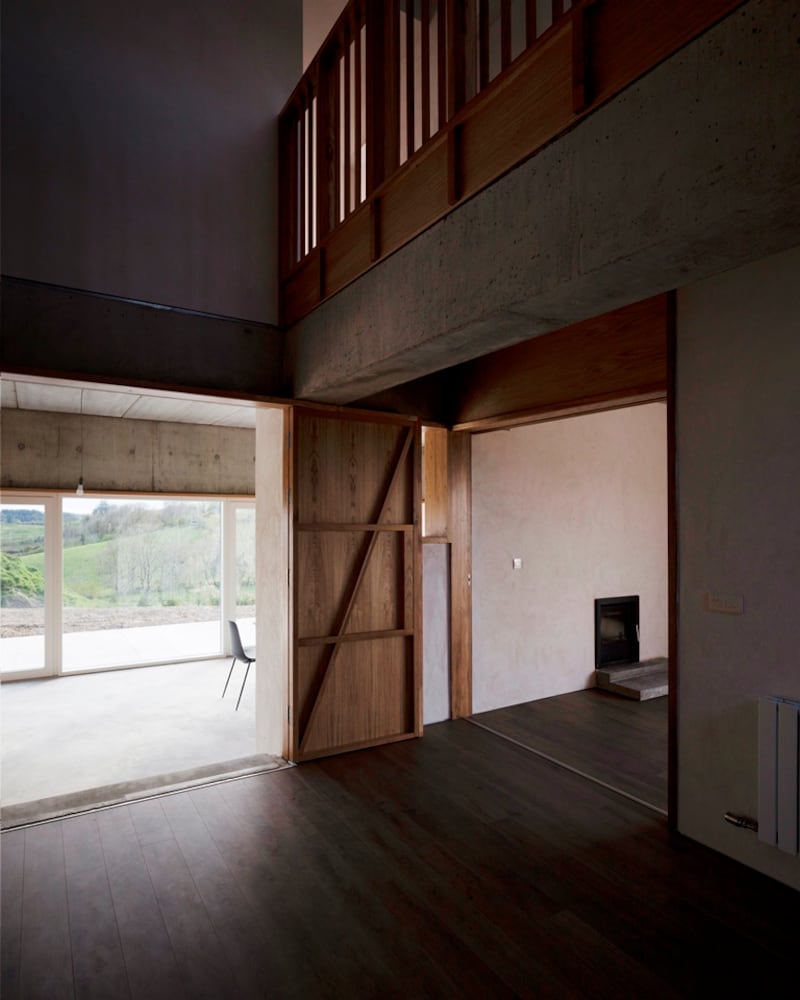
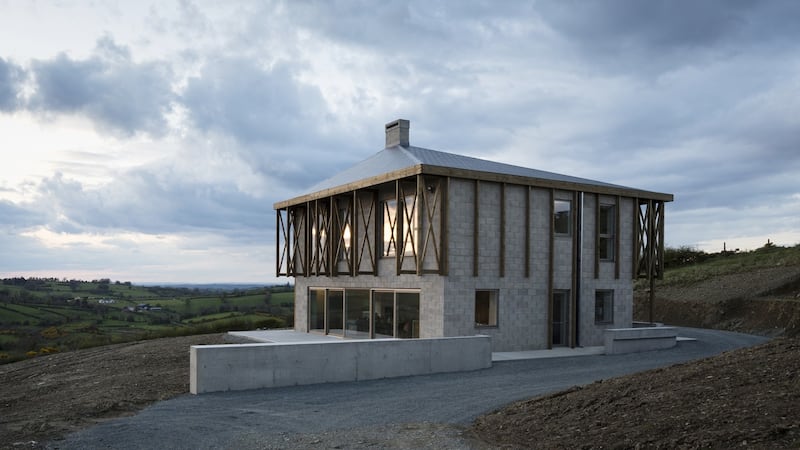
The award looks at not just the body of work people are doing, but in a broader way at where future talent is coming from within the profession. So while the competition might include entries focused on one or more buildings or projects the entrants have created, areas such as research, writing, critical thinking and wider engagement are also given consideration.
Run in conjunction with the magazine Architecture Ireland, with the editorial board involved as jury, it is about having a finger on the pulse, constantly reviewing work within the profession, and putting a bit more of a spotlight on the next generation.
One of the most sustainable building practices we can engage in, is to focus on getting it right first time
So, in examining the work of this year’s winners, Meghen applauds the variety, sincerity and scope of the design and buildings included in Larmour and O’Brien’s entries. “There are a lot of challenges in the world of architecture at the moment. It’s been a tough year. But awards give us some opportunity to acknowledge and show our interest and to give some platform in terms of bringing that excellence to a wider public audience.”
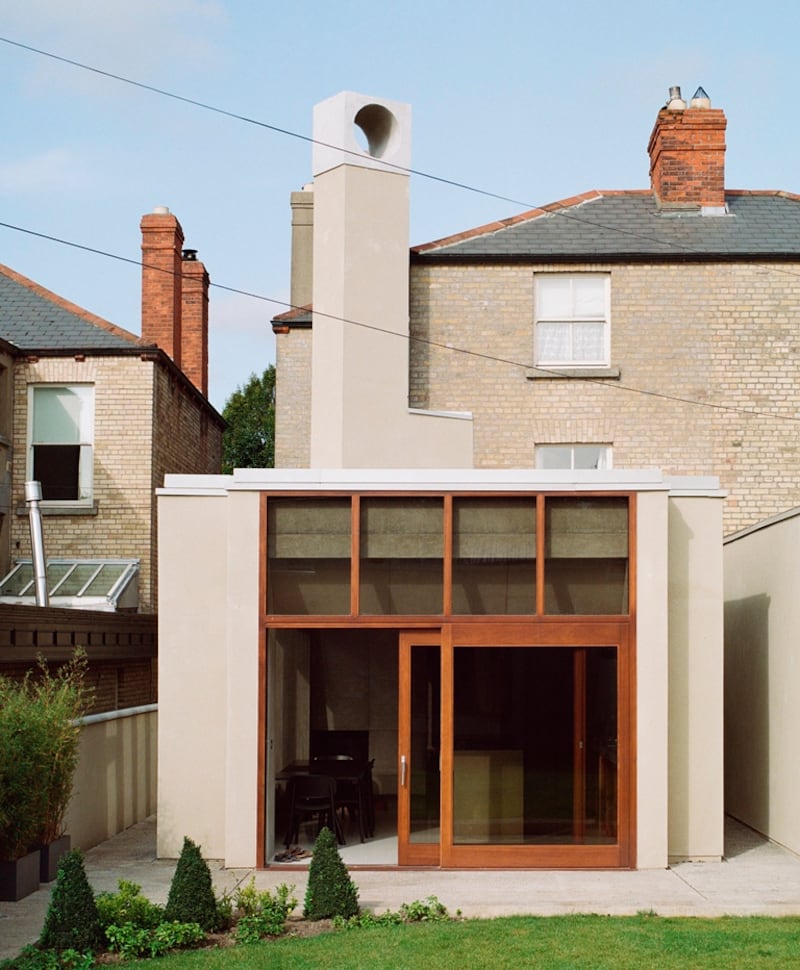
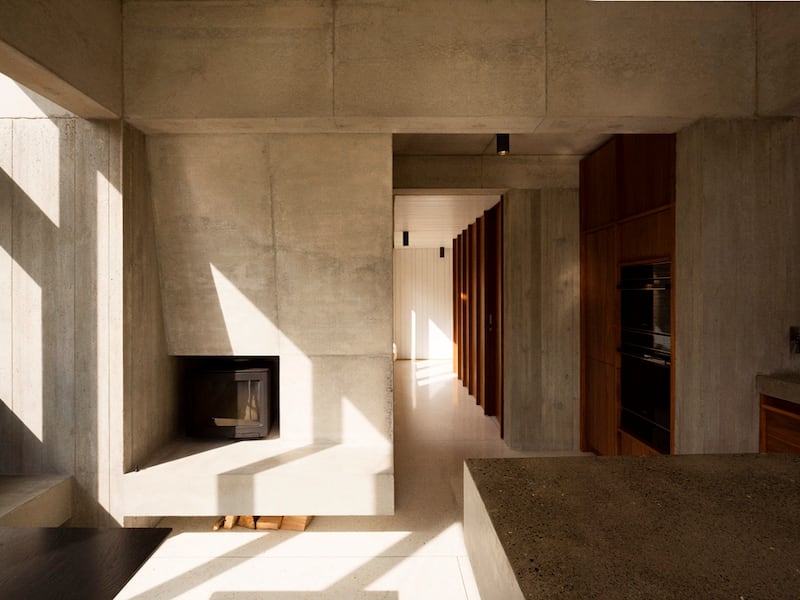
She and both award winners agree it is an exciting if challenging time. There is, says Meghen, raised awareness and a lot of change in what we want from our buildings/the built environment. “Architecture is responding to the challenges and upsurge of interest and urgency around sustainable building, the types and situations of buildings, the quality of buildings. One of the most sustainable building practices we can engage in, is to focus on getting it right first time.”
Creative yet pragmatic
Jane Larmour could also be said to have started early in a career that has seen her, in recent years, open a business in partnership with two other architects – Arigho Larmour Wheeler Architects (ALWA), with bases in Dublin and Belfast.
From as far back as she can remember, Larmour has been looking at buildings with more than a passing interest. She describes her approach as a commitment to creative yet pragmatic design solutions that add beauty and value. Fundamental to her work, she says, is the belief that architecture and good design can make people’s lives better.
This philosophy, interest and work ethic was nurtured from an early age by her father, Paul Larmour, a lecturer in history and theory of architecture at Queen’s University Belfast. The young Jane was a willing assistant, accompanying her father around field work for his PhD on round towers in the Celtic revival. As a child, she says, she must have seen every broken castle on the island and clambered into every tower house.

It was her father’s gentle nurturing and wise choices around excursions on family holidays that the young Larmour found most inspiring. Larmour senior would bring his daughters (Jane’s sister is a textile artist) to see buildings and work designed and executed by women. She remembers with particular fondness her first sighting of the Musée d’Orsay in Paris. Designed by Gae Aulenti, the prolific Italian architect known for her broad range of work, most notably large-scale work including several museum projects.
Larmour senior had a point to make, and the message was clear to the young Jane. While women throughout history may not have received the recognition they deserve in the world of architecture and design, as far as her father was concerned, gender was not going to be an impediment to his daughters’ future choices.
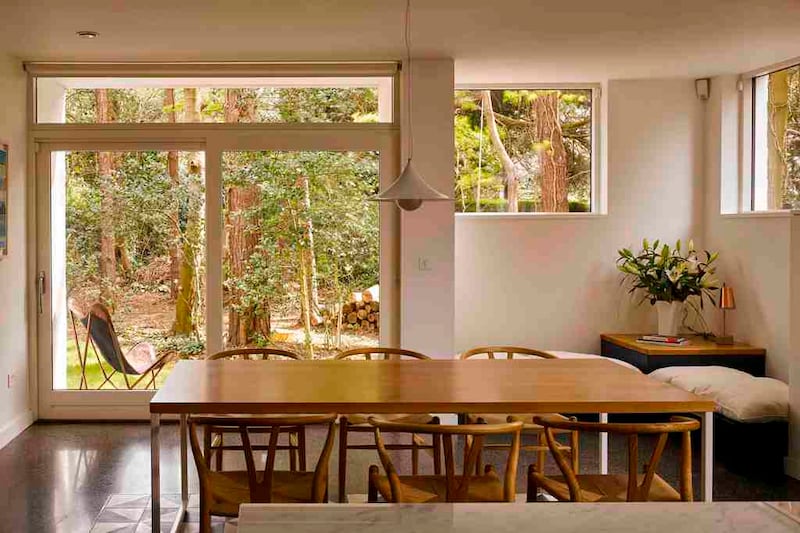
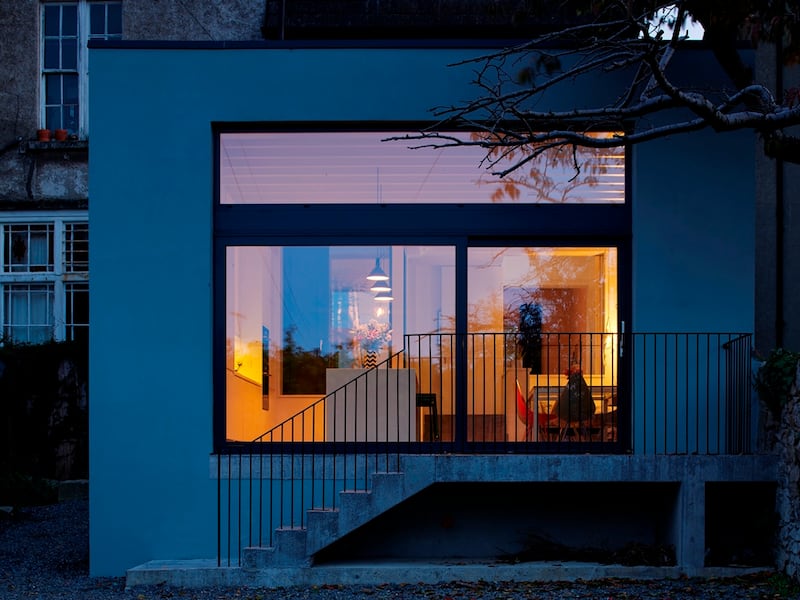
The confidence instilled in Larmour by this early exposure and nurturing has seen her through a career that, while still relatively new, is garnering recognition. On graduation from studies in architecture she was awarded the two highest student awards in Ireland: the RSUA President’s Medal (undergraduate), and the RIAI President’s Medal (post-graduate) and RIAI Travelling Scholarship. She’s a member of the RIAI and is council member for Northern Ireland of the Royal Institute of British Architects (RIBA). She also lectures in architecture and engaging in a number of other related areas.
Notably, she has been involved in a number of award-winning public buildings, including the Stirling Prize nominated Lyric Theatre, Belfast, Photographers’ Gallery, London and Gallery of Photography, Dublin for RIBA Gold Medallists O’Donnell + Tuomey, and worked with Hall McKnight, Belfast, on their successful international design competition for Gallaudet University, Washington DC.
Public building
The area of public building is an aspect of architecture in the Republic of Ireland that the RIAI award-winners both feel strongly about. While Larmour has achieved some notable success in this area, it has largely been in work with larger firms. For individual architects and smaller firms, the challenges around winning a design contract mean it is virtually impossible for anything other than the largest firms to be considered.
Highlighting a more recent foray into the area of public buildings, Larmour’s entry for the RIAI Future Award included her firm’s design entry for a competition for a new Irish embassy in Tokyo last year (the Ireland House competition).
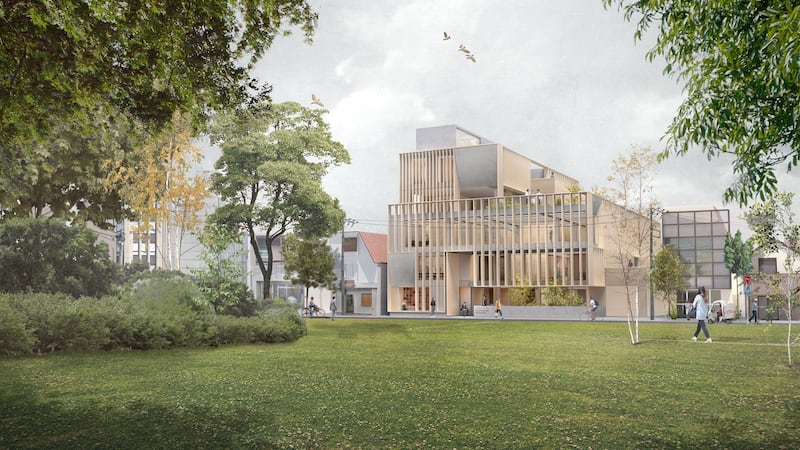
The competition was open to architects from around the world and all entries were judged anonymously. Placing second in this field was an incredible achievement. While Larmour felt buoyed up at finding a way to enter that space, it was only made possible by teaming up with larger practices.
“We were thrilled when we made the shortlist initially. Then to have placed so well in an international field with people of that sort of calibre was great. I’m hopeful that more public buildings can be opened up to joint submissions.”
That design, explains Larmour, gave her and her partners the opportunity to work with a challenging and complex brief: a public building outside Ireland that engaged with the culture of architecture in its fullness. They drew together an international design team with which to collaborate, and found common ground in the design for a building that would represent Ireland in Japan, expressing what they saw as confluences in ideas about landscape, light, connectivity and cultural narrative inspired by the simple organisation of a Georgian townhouse on a square.
As young children we like nothing better than to draw, make spaces. But that's blocked from around the age of five
The design of public buildings is an elusive area for many architects who find themselves in something of a catch-22 in Ireland. Firms can’t realistically submit designs for public buildings without a track record and massive resources. It’s a status quo that by default limits the scope and development of design around public buildings.
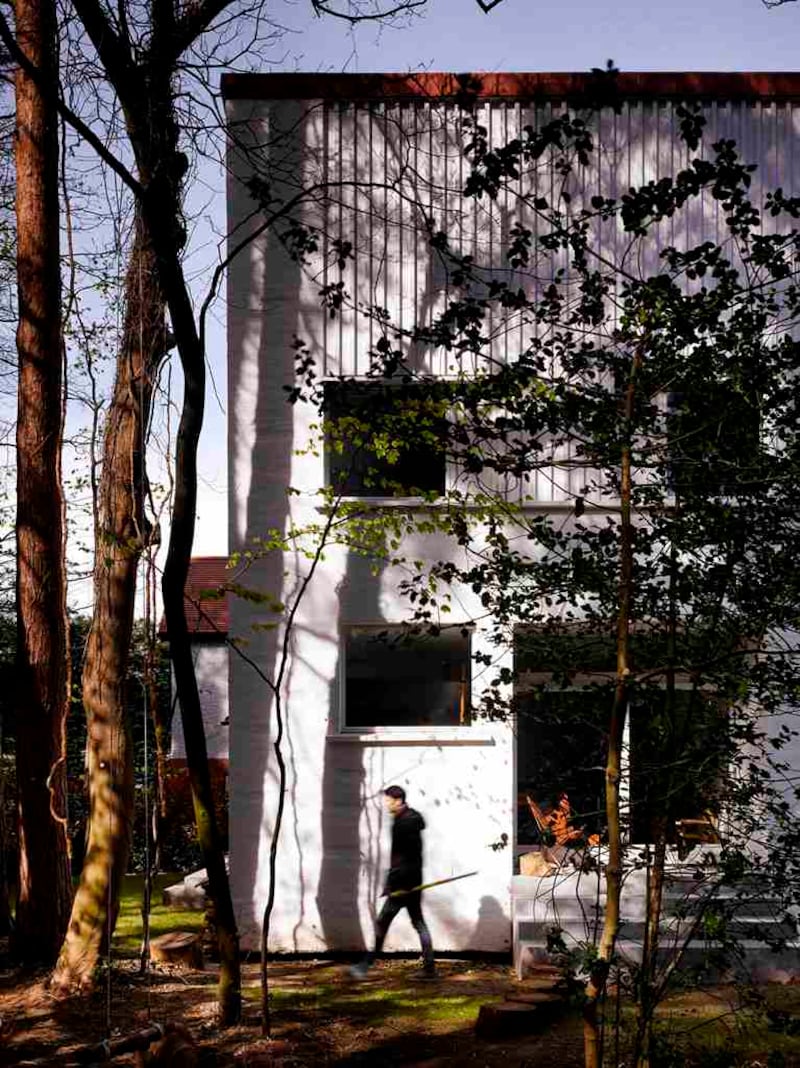
The reality is that small practices tend to work with private domestic clients. O’Brien, in his submission to the RIAI competition, focused his entry on a number of domestic projects he has undertaken since founding his practice in 2013. The practice’s work, while focused mainly in the home context, explores themes around materiality and spatial quality while being referential to history, typology, economy, environmental and contextual prompts.
Recalling a project he particularly enjoyed, O’Brien described a Dublin house extension in which he could be ambitious and had the availability of builders who were particularly keen, still being in recession. He described how in a way it felt like giving a gift to his clients. He’s not possessive about his works, but when he has poured a lot of energy into a project he likes to hope people are open enough to engage with what he has done.
While these “architects of the future” enjoy that domestic space, they would both welcome an opening-up of other areas of design.
“We’re not really examining yet what our alternatives are,” says O’Brien. “We have to take a risk. It’s a tricky one for architects to discuss when we’re so entwined with capital. As architects, we can create new forms, new material spaces and forms which don’t necessarily have meaning, but effect. We might not have all the answers but we can make gestures. It’s massive, trying to look holistically at where these things start.
“As young children we like nothing better than to draw, make spaces. But that’s blocked from around the age of five. And that is a bit like a trauma where we’re left with a population that doesn’t understand space, and how positive an effect a built environment can have on them. Our education then, at a certain point, becomes training.”

















